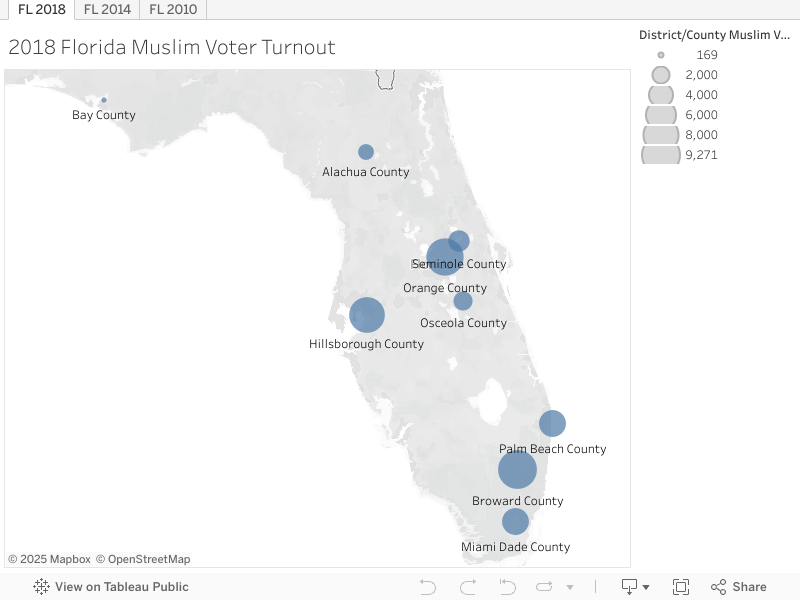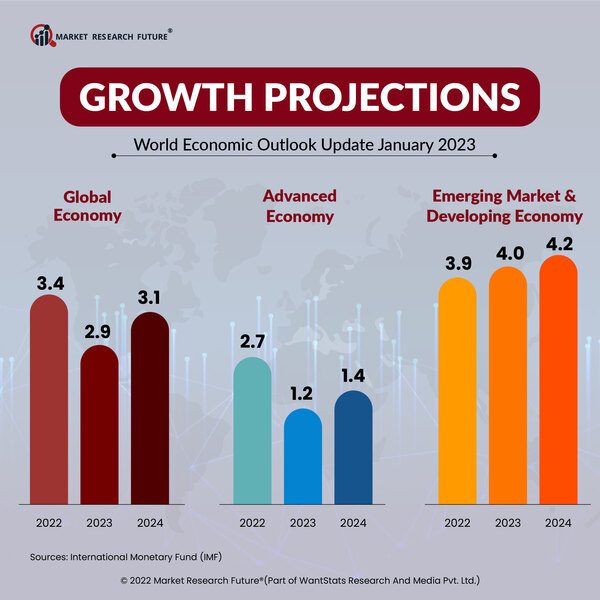Analyzing Voter Turnout In Florida And Wisconsin: Understanding The Shifting Political Dynamics

Table of Contents
Historical Trends in Voter Turnout: Florida
Presidential vs. Midterm Elections:
Florida, a crucial swing state, demonstrates a stark contrast in voter turnout between presidential and midterm elections. Presidential elections consistently draw significantly larger numbers of voters.
- 2020 Presidential Election: Turnout exceeded 80%, a significant increase compared to previous midterm cycles.
- 2018 Midterm Election: Turnout hovered around 50%, reflecting a common pattern seen across the nation in midterm elections.
- Reasons for the difference: Increased media attention, heightened candidate visibility, and the perceived higher stakes of a presidential election contribute to this disparity. The significance of a presidential election's outcome often motivates more voters to participate.
Demographic Breakdown of Florida Voters:
Examining voter turnout through a demographic lens reveals interesting disparities in Florida.
- Age: Older voters (65+) consistently demonstrate higher turnout rates than younger voters (18-29).
- Race: Turnout varies among different racial and ethnic groups, with historical and systemic factors potentially influencing participation rates. Data analysis shows a gap in turnout between white and minority voters.
- Socioeconomic Status: Higher income and education levels are often correlated with higher voter turnout. Access to information and resources plays a crucial role.
Impact of Election Laws on Florida Turnout:
Florida's election laws significantly impact voter participation.
- Voter ID Laws: Stricter voter ID laws can suppress turnout, particularly among marginalized communities lacking easy access to required identification.
- Registration Deadlines: Short registration deadlines can disenfranchise potential voters, especially those who move frequently or are less informed about election procedures.
- Early Voting Options: Expanded early voting opportunities tend to increase overall voter turnout by providing greater flexibility and convenience for voters.
Historical Trends in Voter Turnout: Wisconsin
Presidential vs. Midterm Elections:
Wisconsin, another crucial swing state, also exhibits differences in voter turnout between presidential and midterm elections. However, Wisconsin’s pattern might differ from Florida’s due to various factors.
- 2020 Presidential Election: Experienced a noticeable surge in turnout compared to previous cycles, driven largely by heightened political polarization and engagement.
- 2018 Midterm Election: While showing a higher turnout than many other states, it still paled in comparison to the 2020 presidential election, showcasing the inherent differences between presidential and midterm election years.
- Reasons for Variation: Increased media coverage of highly contested races and heightened political polarization might explain some of these variations, leading to increased participation, despite Wisconsin’s generally higher baseline level of participation compared to some other states.
Demographic Breakdown of Wisconsin Voters:
Analyzing Wisconsin's voter turnout by demographic reveals similar, yet potentially nuanced, trends compared to Florida.
- Age: Similar to Florida, older voters show higher participation than younger voters. However, Wisconsin’s younger population might show a slightly higher turnout than Florida's younger cohort due to different cultural factors or political engagement levels.
- Race: Disparities between different racial and ethnic groups persist. Further investigation is needed to understand the specific reasons driving these differences in participation rates within Wisconsin.
- Socioeconomic Status: Higher income and education levels correlate with higher turnout in Wisconsin as well. However, the strength of this correlation might vary from that observed in Florida, depending on socioeconomic specificities of the state.
Impact of Election Laws on Wisconsin Turnout:
Wisconsin's election laws also play a role in shaping voter turnout.
- Voter ID Laws: The impact of Wisconsin’s voter ID laws has been subject to debate and legal challenges, affecting participation among certain demographics.
- Registration Deadlines: Similar to Florida, registration deadlines impact voter access. Changes to these deadlines could potentially increase or decrease turnout rates.
- Early Voting Options: The availability of early voting has had a demonstrable impact on overall turnout, providing more convenience and flexibility for voters.
Comparison of Voter Turnout in Florida and Wisconsin
Identifying Similarities and Differences:
Both Florida and Wisconsin exhibit higher turnout in presidential elections compared to midterms. However, the magnitude of this difference might vary between the two states, potentially due to variations in political culture, demographics, and specific election-related events.
- Similarities: Both states show disparities in turnout based on age, race, and socioeconomic status, reflecting national trends. Election laws in both states exert an observable influence on voter participation.
- Differences: The specific demographic breakdowns and the impact of particular election laws might differ between the states, reflecting their unique political and social contexts.
The Role of Partisan Politics:
Highly competitive and closely contested elections, regardless of the specific partisan alignment, tend to drive higher voter turnout in both states.
- Impact of Partisan Competition: The intensity of partisan competition and the perceived importance of the election outcome significantly influences overall voter engagement.
- Swing State Status: Both states' statuses as swing states amplify the importance of each election, leading to increased mobilization by political parties and interest groups.
The Influence of Socioeconomic Factors:
Access to information, education levels, and income inequality demonstrably influence voter turnout in both Florida and Wisconsin.
- Education and Information: Higher levels of education are generally associated with greater political knowledge and engagement, resulting in higher turnout.
- Income Inequality: Income disparities can lead to unequal access to resources and information, potentially suppressing turnout among lower-income groups.
Conclusion: Understanding the Shifting Political Dynamics of Voter Turnout in Florida and Wisconsin
Analyzing voter turnout in Florida and Wisconsin reveals complex interplay of historical trends, demographic factors, and election laws. Both states display higher turnout in presidential elections compared to midterms. Disparities based on age, race, and socioeconomic status persist, reflecting broader national challenges. Election laws, particularly voter ID requirements and early voting options, significantly influence voter participation. Understanding these shifting political dynamics is crucial for political strategists, analysts, and citizens alike. To stay informed about these crucial trends, further research into state-specific election data from official government websites and reputable election analysis sites is encouraged. Your active participation in future elections and awareness of developments affecting voter turnout in Florida and Wisconsin are essential for a healthy democracy.

Featured Posts
-
 Big Islands Merrie Monarch Festival A Deep Dive Into Polynesian Arts
May 02, 2025
Big Islands Merrie Monarch Festival A Deep Dive Into Polynesian Arts
May 02, 2025 -
 Christina Aguileras Shocking Transformation Fans React To Her Youthful New Look
May 02, 2025
Christina Aguileras Shocking Transformation Fans React To Her Youthful New Look
May 02, 2025 -
 Canadian Economic Outlook Ultra Low Growth Predicted By David Dodge
May 02, 2025
Canadian Economic Outlook Ultra Low Growth Predicted By David Dodge
May 02, 2025 -
 Bhart Ke Ntyjh Khyz Mdhakrat Ky Drwrt Awr Kshmyr Tnaze Ka Hl
May 02, 2025
Bhart Ke Ntyjh Khyz Mdhakrat Ky Drwrt Awr Kshmyr Tnaze Ka Hl
May 02, 2025 -
 Bbc Two Hd Programme Guide When Is Newsround On
May 02, 2025
Bbc Two Hd Programme Guide When Is Newsround On
May 02, 2025
Latest Posts
-
 Harry Styles Reaction To A Hilariously Bad Snl Impression
May 10, 2025
Harry Styles Reaction To A Hilariously Bad Snl Impression
May 10, 2025 -
 Harry Styles On That Bad Snl Impression His Honest Response
May 10, 2025
Harry Styles On That Bad Snl Impression His Honest Response
May 10, 2025 -
 Snls Harry Styles Impression The Singers Reaction
May 10, 2025
Snls Harry Styles Impression The Singers Reaction
May 10, 2025 -
 Harry Styles Response To A Bad Snl Impression Disappointed
May 10, 2025
Harry Styles Response To A Bad Snl Impression Disappointed
May 10, 2025 -
 The Snl Harry Styles Impression A Disappointing Reaction
May 10, 2025
The Snl Harry Styles Impression A Disappointing Reaction
May 10, 2025
